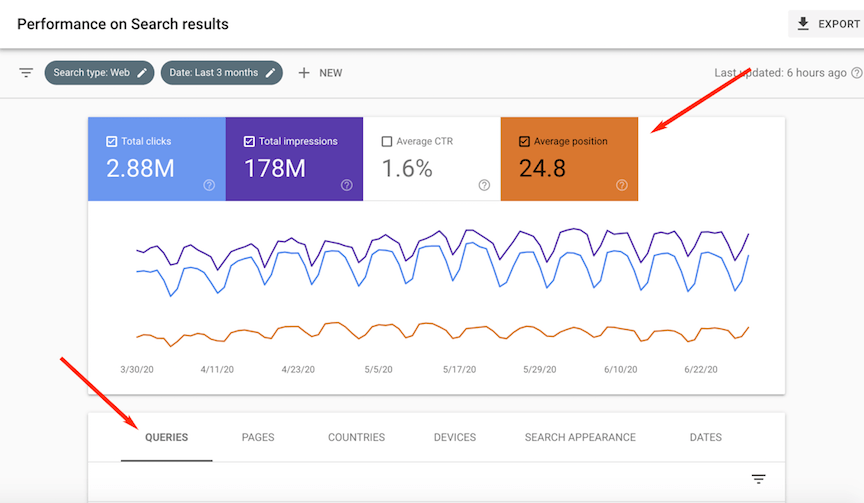understanding the dynamics of SEO (Search Engine Optimization) is crucial for any website owner. One key metric that plays a pivotal role in assessing a website’s performance is the SEO score. In this article, we will delve into the intricacies of SEO scores, particularly focusing on its significance in Google Search Console.
A. Definition of SEO score
SEO score is a quantitative measure that evaluates the search engine friendliness of a website. It serves as an indicator of how well a website adheres to the best practices set by search engines, with Google being the primary focus for many website owners.
II. Importance of SEO Score
A. Impact on website ranking
The SEO score directly influences a website’s ranking on search engine results pages (SERPs). Websites with higher SEO scores are more likely to appear at the top, gaining increased visibility and organic traffic.
III. How Google Search Console Works
A. Overview of Google Search Console
Google Search Console is a powerful tool that provides webmasters with valuable insights into their website’s performance on Google search. It plays a pivotal role in monitoring and improving the SEO score.
IV. Understanding SEO Score Metrics
A. Core Web Vitals
Google’s Core Web Vitals, including metrics like page loading speed, interactivity, and visual stability, contribute significantly to the SEO score. Optimizing these aspects enhances user experience, positively impacting the score.
V. Factors Influencing SEO Score
A. On-page factors
Content quality, keyword optimization, and meta tags are critical on-page factors that affect the SEO score. Crafting relevant and engaging content is key to improving these elements.

VI. Off-page SEO and its Role
A. Backlink quality
Quality backlinks from authoritative sources boost a website’s credibility. Google’s algorithm considers backlink quality when calculating the SEO score.
VII. Tips to Improve SEO Score
A. Content optimization
Regularly updating and optimizing website content keeps it relevant and aligns with evolving search engine algorithms, positively influencing the SEO score.
VIII. Mobile Friendliness and SEO
A. Responsive design
With the increasing use of mobile devices, Google emphasizes mobile-friendliness in SEO scoring. Responsive design ensures a seamless user experience across various devices.
IX. Common SEO Score Misconceptions
A. Frequency of score updates
Contrary to popular belief, SEO scores are not updated in real-time. It’s essential to understand the periodicity of updates to assess the impact of changes on the score accurately.
X. Tracking SEO Score Over Time
A. Importance of historical data
Monitoring changes in the SEO score over time provides valuable insights into the effectiveness of implemented strategies. Historical data aids in making informed decisions for future optimization efforts.
XI. Real-world Examples
A. Success stories of SEO improvement
Exploring real-world examples of websites that successfully improved their SEO scores offers practical insights and inspiration for website owners aiming to enhance their online presence.
XII. Tools for Monitoring SEO Score
A. Google Search Console features
Google Search Console provides an array of tools to monitor and analyze various aspects influencing the SEO score. Utilizing these features empowers webmasters in optimizing their websites effectively.

XIII. Future Trends in SEO Scoring
A. Evolving algorithms
As search engine algorithms evolve, so do the criteria for SEO scoring. Staying informed about upcoming trends helps website owners adapt their strategies for sustained success.
XIV. Importance of Professional SEO Assistance
A. Role of SEO experts
Navigating the complexities of SEO and ensuring a high SEO score often necessitate the expertise of professionals. SEO experts bring in-depth knowledge and strategic insights to the table.
XV. Conclusion
In conclusion, understanding the nuances of SEO scoring is paramount for online success. Regularly monitoring, analyzing, and adapting strategies based on the SEO score ensures sustained visibility and relevance in the ever-changing digital landscape.
